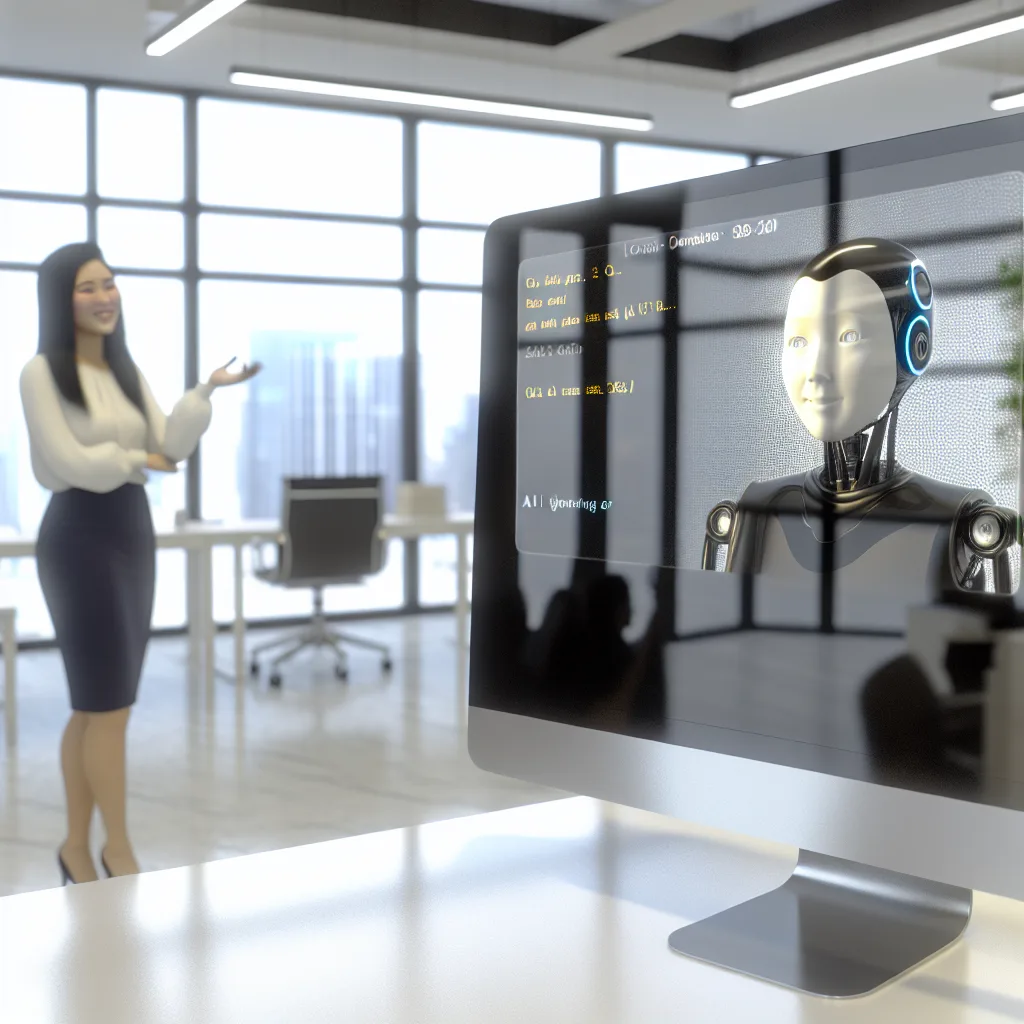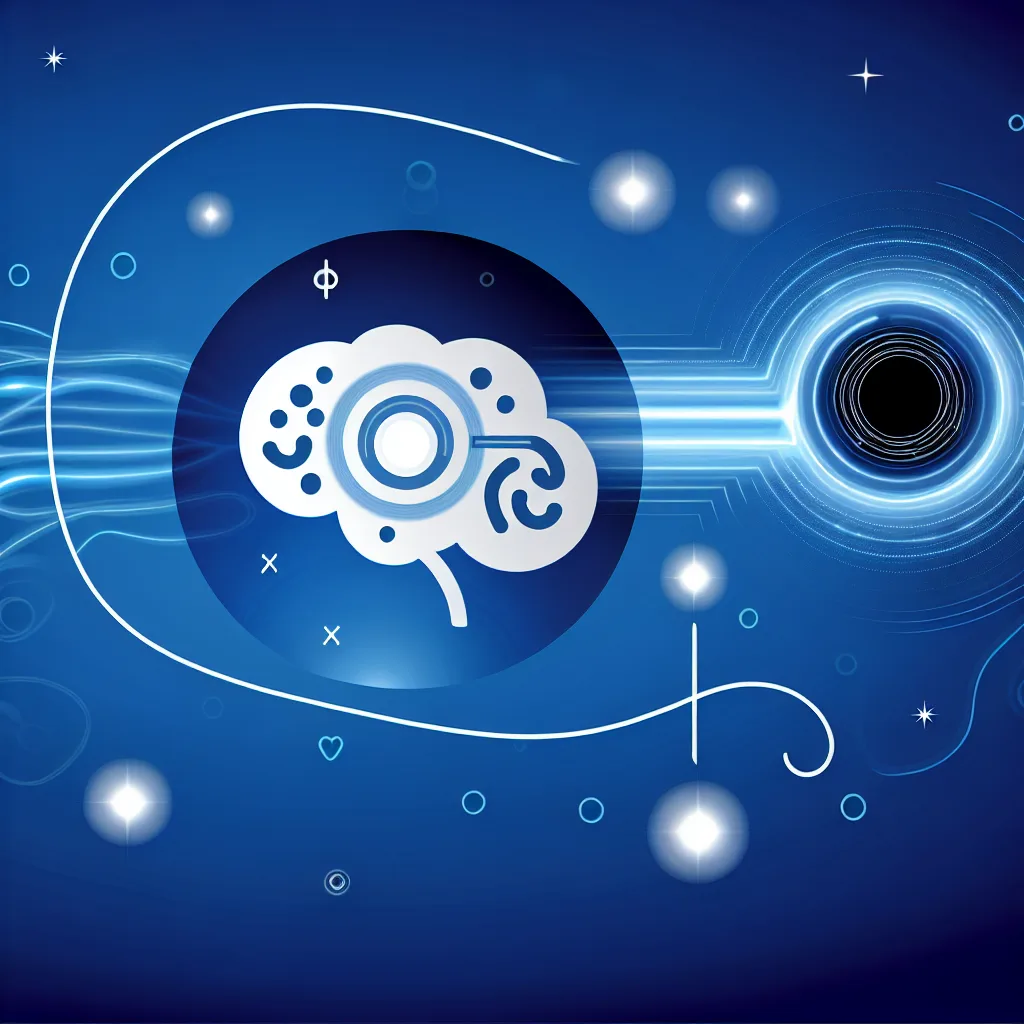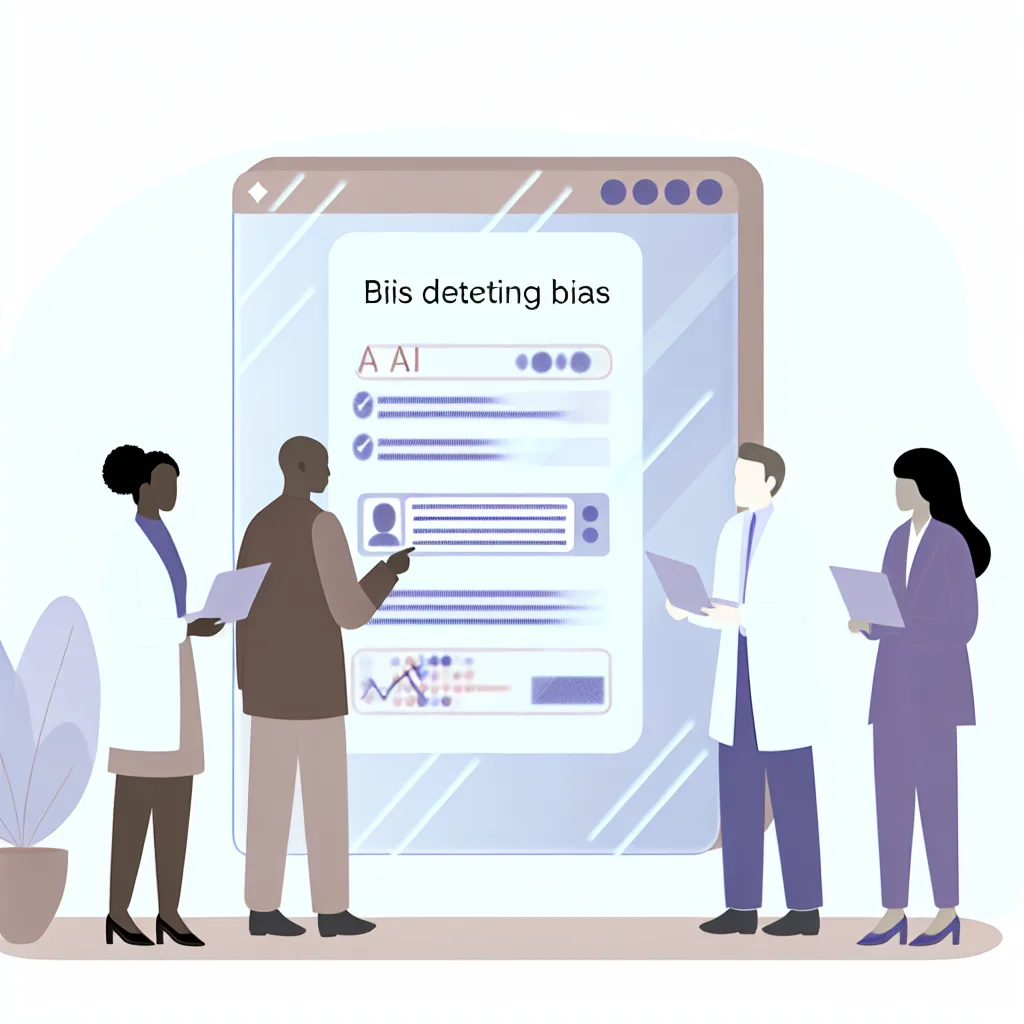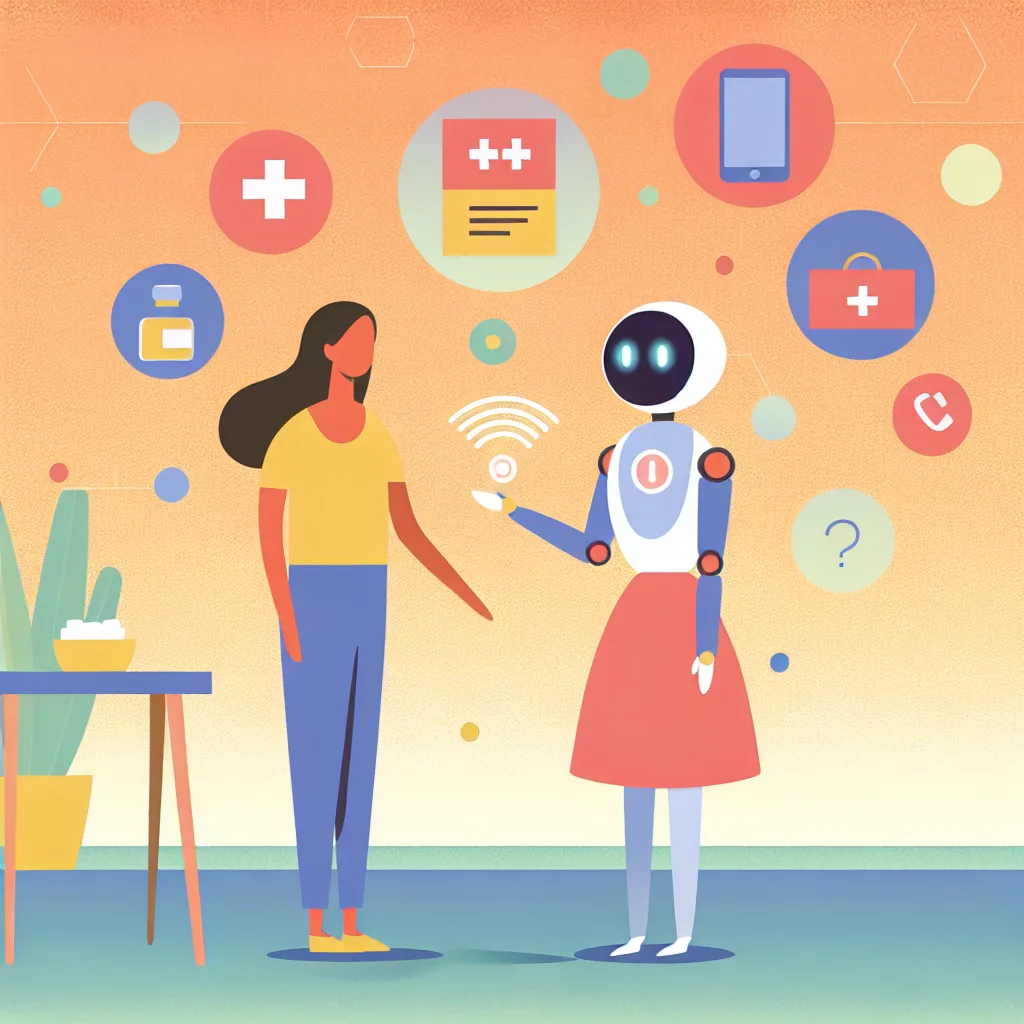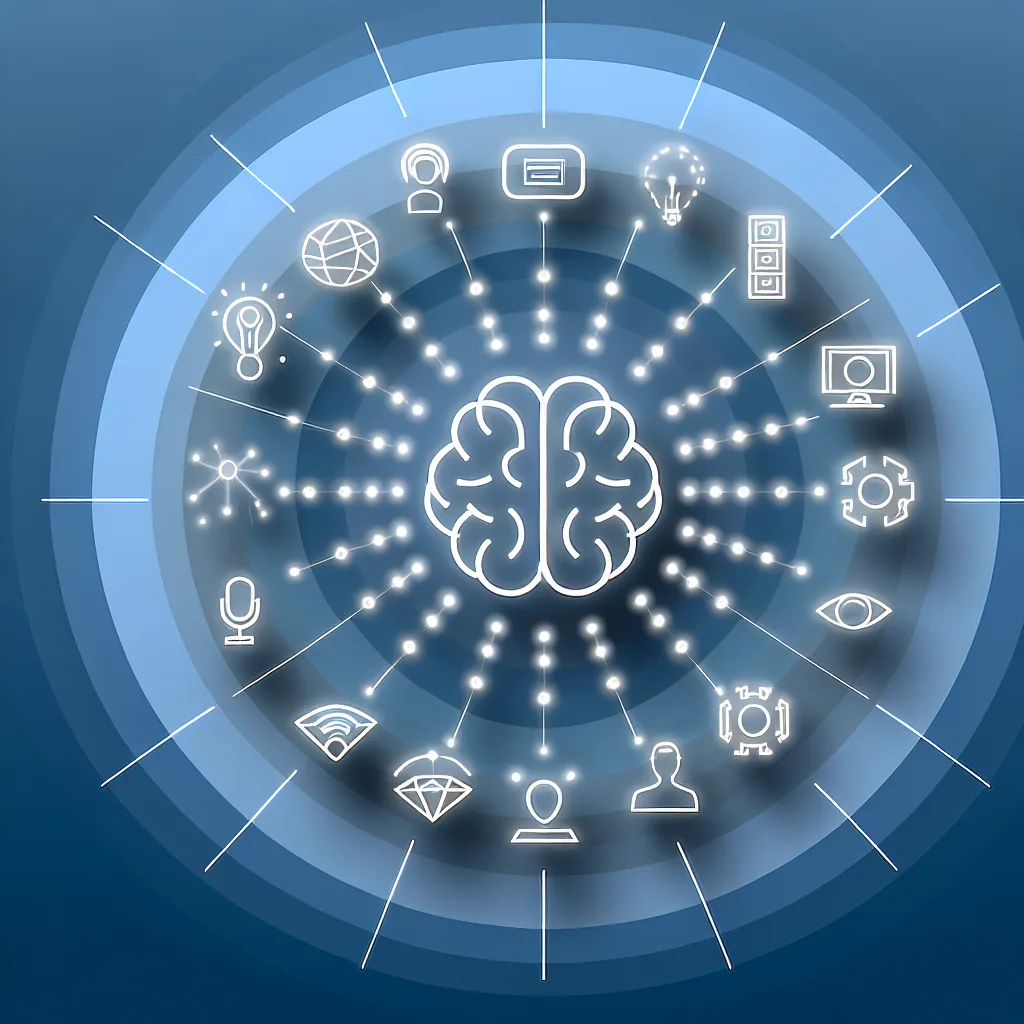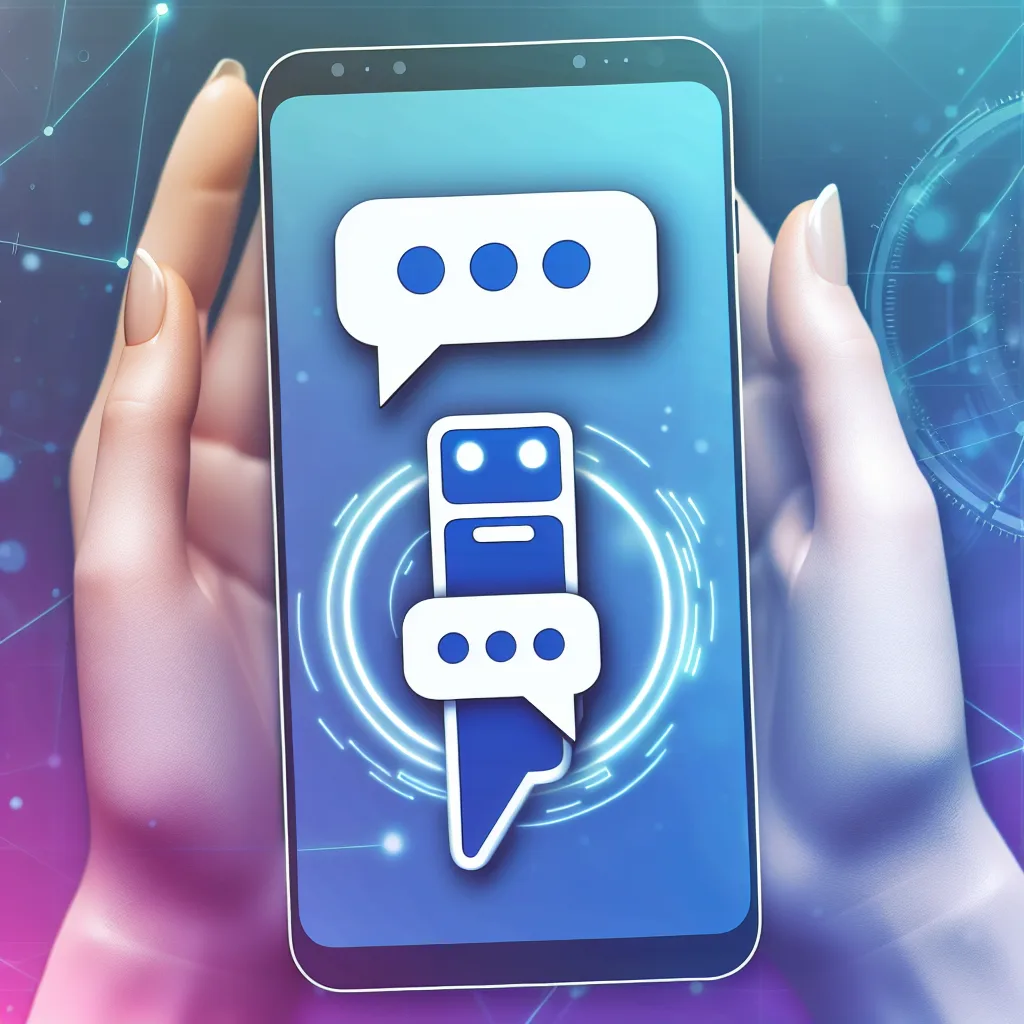Why relying on AI chatbots over human employees isn’t always the best move
Lately, the term “AI chatbot failure” has been popping up more and more, especially when companies try to replace human workers with artificial intelligence. There’s this one notable example that really shows why sometimes, you just can’t skip the human touch.
A bank recently decided to fire some of its workers in favor of an AI chatbot, expecting it to handle customer service with ease. Spoiler: it didn’t go as planned. The chatbot struggled to do the job, and the customer experience suffered. Eventually, the bank had to rehire those workers, realizing that the AI just couldn’t match the skills and empathy that humans bring to the table.
What Went Wrong with the AI Chatbot?
AI chatbots have gotten smarter over the years, but they’re still far from perfect. They can handle straightforward questions but stumble over more complex or nuanced conversations. In this bank’s case, the chatbot failed to offer the personalized help customers needed, which led to frustration and complaints.
Human workers naturally pick up on tone, mood, and subtle hints in conversation, enabling them to adapt quickly and resolve issues in ways a chatbot simply can’t. Plus, when something unexpected comes up, humans can improvise. Chatbots, meanwhile, rely on their programming and data — and when faced with something new, they can get stuck.
Why Human Employees Are Hard to Replace
The takeaway here? Human employees don’t just do tasks; they connect with customers and think critically. This interaction is hard to replicate artificially. For businesses, this means that while AI chatbots can support customer service teams, fully replacing people with bots might backfire badly.
Research backs this up too. According to Gizmodo’s report, companies trying to cut corners with AI may face poor customer satisfaction, increased complaints, and ultimately higher costs when they have to reverse decisions.
Finding a Balance: AI Plus Human Support
That’s not to say AI chatbots are useless. They’re great for answering basic questions 24/7 and freeing up human agents for complex cases. Companies like IBM Watson and Google’s AI are constantly improving these systems.
The trick is to find the right balance. Use AI where it makes sense, but keep humans in the loop for scenarios where empathy, context, and judgment are key. After all, the “AI chatbot failure” story reminds us that technology is a tool, not a replacement for real, human connections.
Won’t it be interesting to see how this evolves? As AI continues to grow, I think we’ll keep seeing experiments like this—some working smoothly and others stumbling until we figure out the best way forward.
If you want to dive deeper into how AI is being integrated into customer service and where it falls short, take a look at this Harvard Business Review article for some great insights.
So, next time you’re chatting with a bot, remember: sometimes, a human just does it better.
